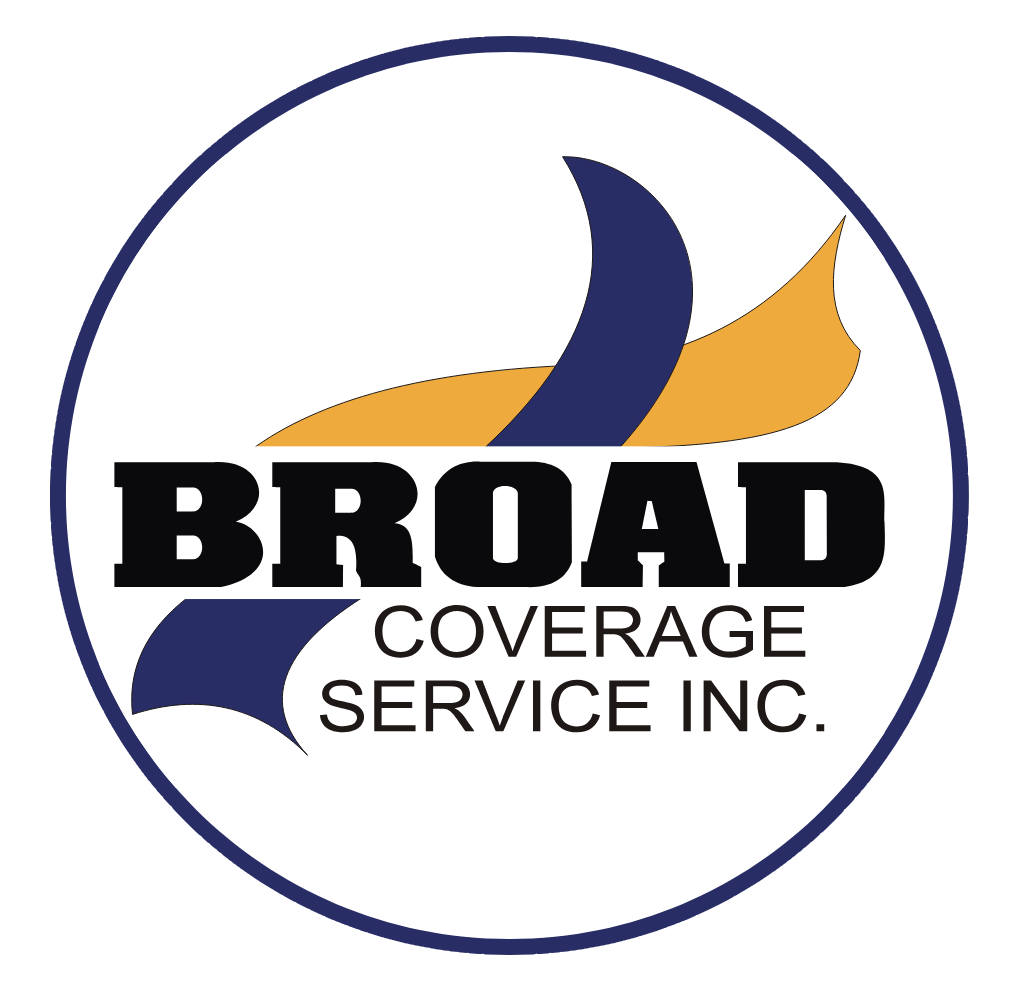For-purpose organizations are guided by mission, vision, and passion to realize a better world. They’re enthusiastic about what they can offer to individuals and communities.
New nonprofits, especially, have a heightened sense of urgency and excitement for what they are setting out to do. Unfortunately, that excitement can be foiled by poor decisions or lack of consideration about accounting, technology, and insurance. Well-handled administrative tasks, however, can actually allow an organization to amplify its impact.
Of those back office operational areas, insurance can be a particularly glaring blind spot for leaders of new nonprofits. Here are seven ways you can build an effective and valuable insurance program at your nonprofit.
1. Start early
While insurance coverages such as general liability and directors and officers liability can represent a larger percentage of a young nonprofit’s budget, starting your insurance program early can help in two key ways:
(a) Building an insurance history from the beginning qualifies you for future coverages and policy limits that growth and expansion might require of you (i.e. to satisfy municipal contracts, qualify for grants, or attract employees, board members, and donors). It also helps you qualify for the best programs, assuming your payment and claim history are healthy.
(b) The earlier you have coverages in place, the easier it is for insurance to be a regular part of your annual budget. The expense will not come as a shock later in your organization’s life.
2. Budget appropriately
New nonprofits often come to me without having budgeted sufficiently for the coverage they need. There is an expectation of cost that is often unrealistic. Make sure to go through the quoting process while planning initial budgets so you and your team have realistic expectations.
A basic General Liability and Directors and Officers Liability package will cost a minimum of $1,200 assuming you’re a small office-based association or foundation. More than likely, if you are a startup 501c3 that provide direct or referral services, your minimum initial costs will start closer to $2,000. If your organization works with at-risk populations, you will need to consider professional liability and abuse and molestation liability. Costs depend on the type of and extent of the work you do.
3. Focus on the tangible, not the unpredictable
I get this question all of the time: “What coverage do I need?”
The implication is this: “Can you please predict what kind of claim we’ll have so we can buy only the policies we’d need to address that thing that will happen?”
The better approach is to focus on providing coverages that address your operations, your people, and your assets (physical, digital, intangible). Construct your program to provide cover over those three items, rather than on the likelihood of a claim.
A prime example in our digital world is cyberliability insurance. A client might ask to predict the likelihood of a data breach. Instead, the client should consider that the nonprofit has personal information on donors or clients spread among computers, servers, and paper files.
Focus on how to cover your programs, your people, and your assets and the unpredictability of a claim event will be less of an issue.
4. Instill a culture of care
By being mindful of risk management, you’re instilling an overall culture of care at your organization. This reaches beyond your staff and into the community you’re trying to reach.
My own unscientific observations tell me that nonprofits that place a priority on risk management (including but not limited to insurance) also tend to grow and perform at a higher level over time. There is almost a directly proportional correlation between safety minded nonprofits and a culture that demonstrates deep care for both internal and external stakeholders.
5. Protect your vision
As acknowledged above, nonprofits are normally driven by purpose and vision. Most nonprofits are created to fill a gap in services to a specific community. Nonprofits represent a promise to help solve problems.
Proper protection helps your organization make good on the promise to fulfill your mission and vision. Insurance is a tool that protects your promise in the face of an unexpected claim event by providing funds to replace assets, defense costs in the event of a lawsuit, and guidance throughout the claims process.
6. Improve your best practices
When I go through the insurance application process with a new nonprofit, I get these reactions: “Huh… I hadn’t thought of that,” or “I guess maybe I should get background checks for mentors of teenagers!” or “Should we really check driving records of people who drive elderly individuals around?”
Insurance forces organizations to ask important questions that might not have been asked previously. It highlights ways for your organization to improve upon its best practices.
7. Prepare to scale as a business
A nonprofit, in the end, is a business. To scale, it is vital to handle back office processes well and responsibly. Accounting, fundraising, insurance, and technology all require regular maintenance and appropriate respect. It’s amazing how often poor business practices sink an organization.
Consider that local restaurant that served delicious food (for about 9 months and then shuts down). The cooking was incredible, but the accounting and staff management were horrible. Therefore, the community suffers a lack of the food it loved.
The same thing can happen with a nonprofit. If you have a world-changing vision and all the enthusiasm you can muster but do not take care of the basic details of running a business, your growth will be hindered.
Ultimately, insurance is a business necessity. But it can also be a vital tool if you approach it with the correct mindset. While it is important to weigh costs and prioritize which coverages you might or might not need (with the help of your insurance professional), it is more important to keep these seven principles in mind through the life of your nonprofit.









